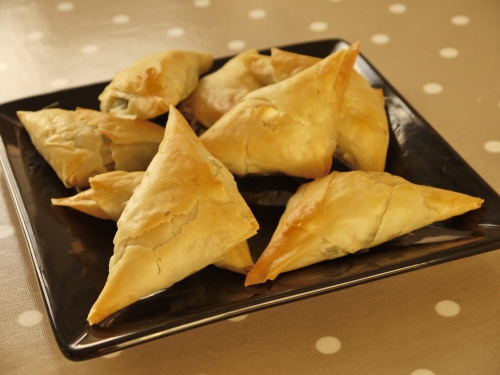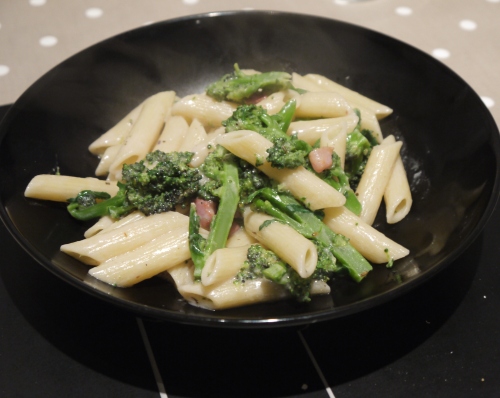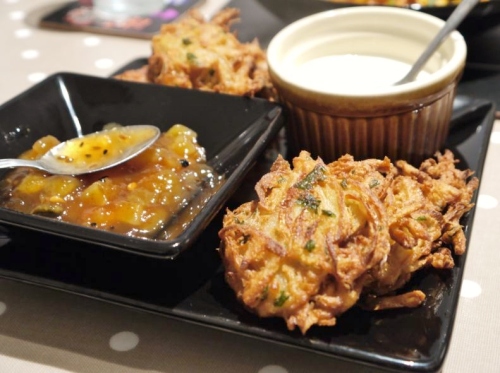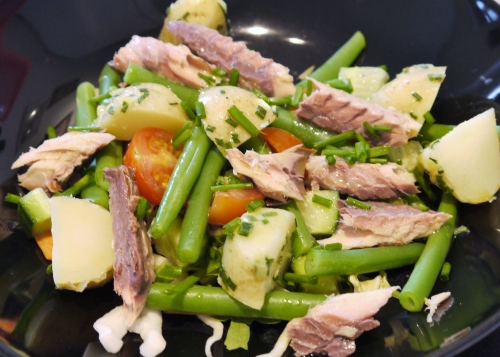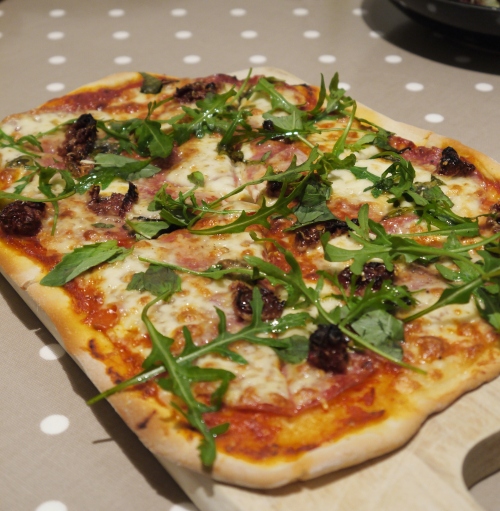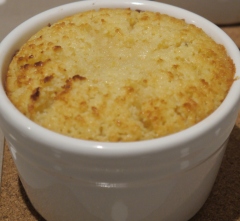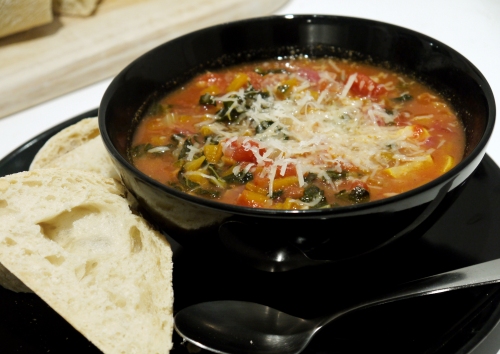I don’t usually go in for things that are a faff to make, and there is no denying these (or anything using filo pastry) are a faff to make. But occasionally, on a quiet weekend it is nice to have an activity that consumes your mind and takes your mind off whatever it was on.
These are not really difficult to make and once you get the hang of it you can create all sorts of flavour fillings if you are feeling creative (see below). You can also make samosas with this technique, just make a spicy Indian filling, wrap and maybe sprinkle with some black onion seeds before baking.
The filling for these is distinctly Greek in style – much like the filling of a Spanakopita (a Greek filo pie). They are delicious warm from the oven but they are also nice cold as a lunchbox snack. You can also freeze them and take them out and cook through in the oven until hot again. They keep for a few days in an airtight container and can be popped back in the oven for 5 minutes to give them an air of warmth before eating.
Although they take some time to make I think these parcels make a very pleasing display for a buffet, picnic or relaxed lunch for friends and family.
Makes 12-15 filo parcels
500g spinach
100 feta cheese
1 egg
½ onion, finely chopped
1 small garlic clove, finely chopped
Pinch of ground coriander
Salt and pepper
1-2tbsp of grated parmesan
Knob of butter, melted for brushing
1 pack of frozen filo pastry (like Just Roll from the supermarkets) Defrosted.
Method
1. Sweat the onion and garlic slowly in a pan with some butter until soft and then set aside.
2. Cook your spinach in batches in a pan with a lid clamped on until just wilted. Take it out and put in a sieve where you can squash out all of the water. Set aside to cool.
3. Once the first two elements are cool you can mix them together with the crumbled feta, the coriander, seasoning, parmesan and the beaten egg. That’s your filling (at this stage add anything else you wish, a handful of toasted pine nuts would make a nice addition. As would fresh herbs such as mint and parsley).
4. Take the filo carefully out of its packaging and cut into about 7cm wide strips, cover with a damp tea towel or some cling-film to stop it drying out.
5. One at a time brush a sheet gently with the melted butter, being careful not to tear the pastry. Put a heaped teaspoon of the mixture at the bottom of the sheet, a few centimetres from the edge. Fold one corner over so it meets the other side (so you can see a triangle), repeat folding alternate ways until you have used all the pastry and have a triangle parcel left. Brush with melted butter and place on a baking tray.
6. Continue with the next sheets until all the filling has been used up. Bake in a preheated oven at 180 degrees/ Gas 4 for about 30 minutes, until the pastries are golden and crisp.
7. Resist the temptation to eat immediately, they will be molten inside. They are actually much nicer warm or at room temperature.
Try substituting the spinach for Swiss chard or use 300g spinach and 200g lemony leafed sorrel. Add fresh herbs or some spices like cinnamon to the filling for an exotic touch. Feta can easily be substituted for goat’s cheese or another strong cheese. You could even put left-over roasted lamb into these with feta and herbs if you had some. A friendly Tweeter – Daniel Ingram, head chef at The Red Lion in Cricklade – creatively pointed out that you could also do sweet versions of filo parcels, which I think is a fantastic idea. His suggestions included stewed apples, or banana and caramel with cardamom sauce. I think this is enough suggestions for you to be getting on with.
